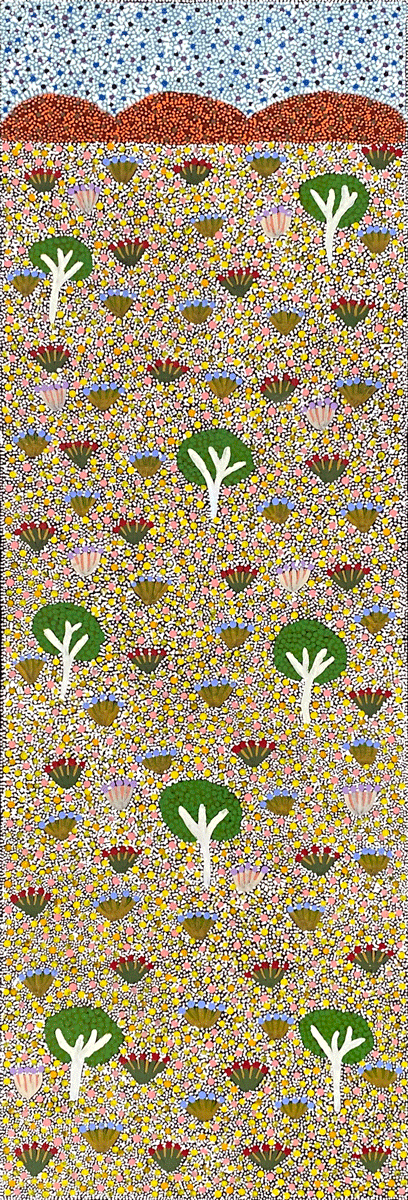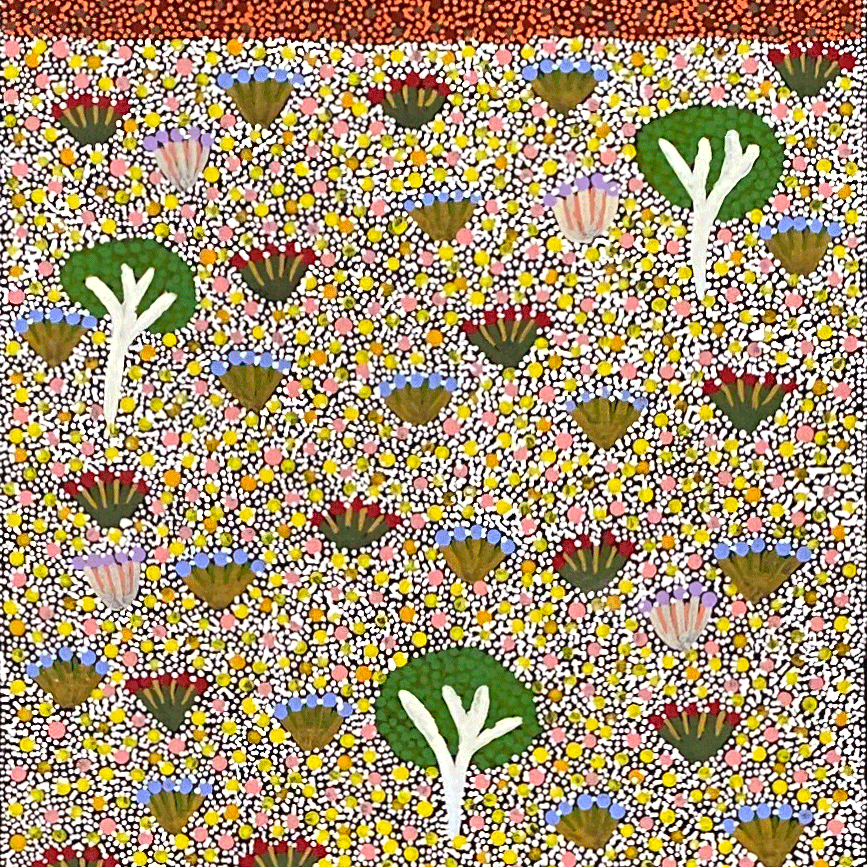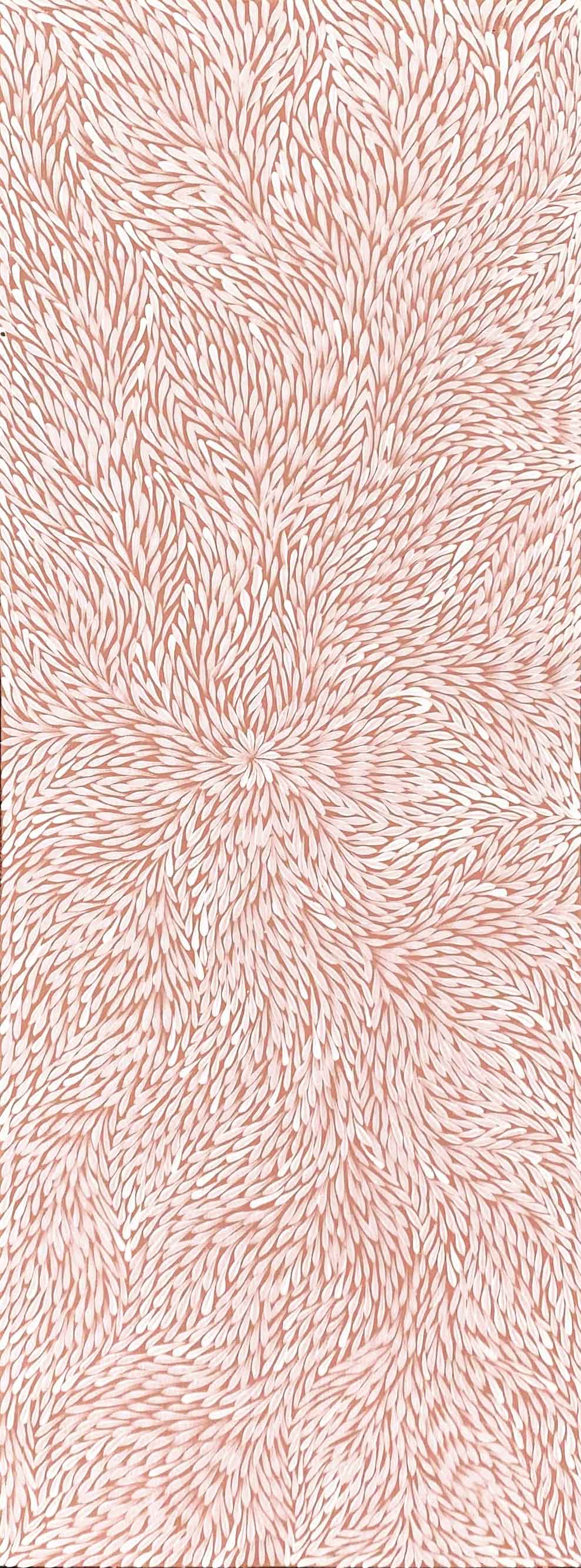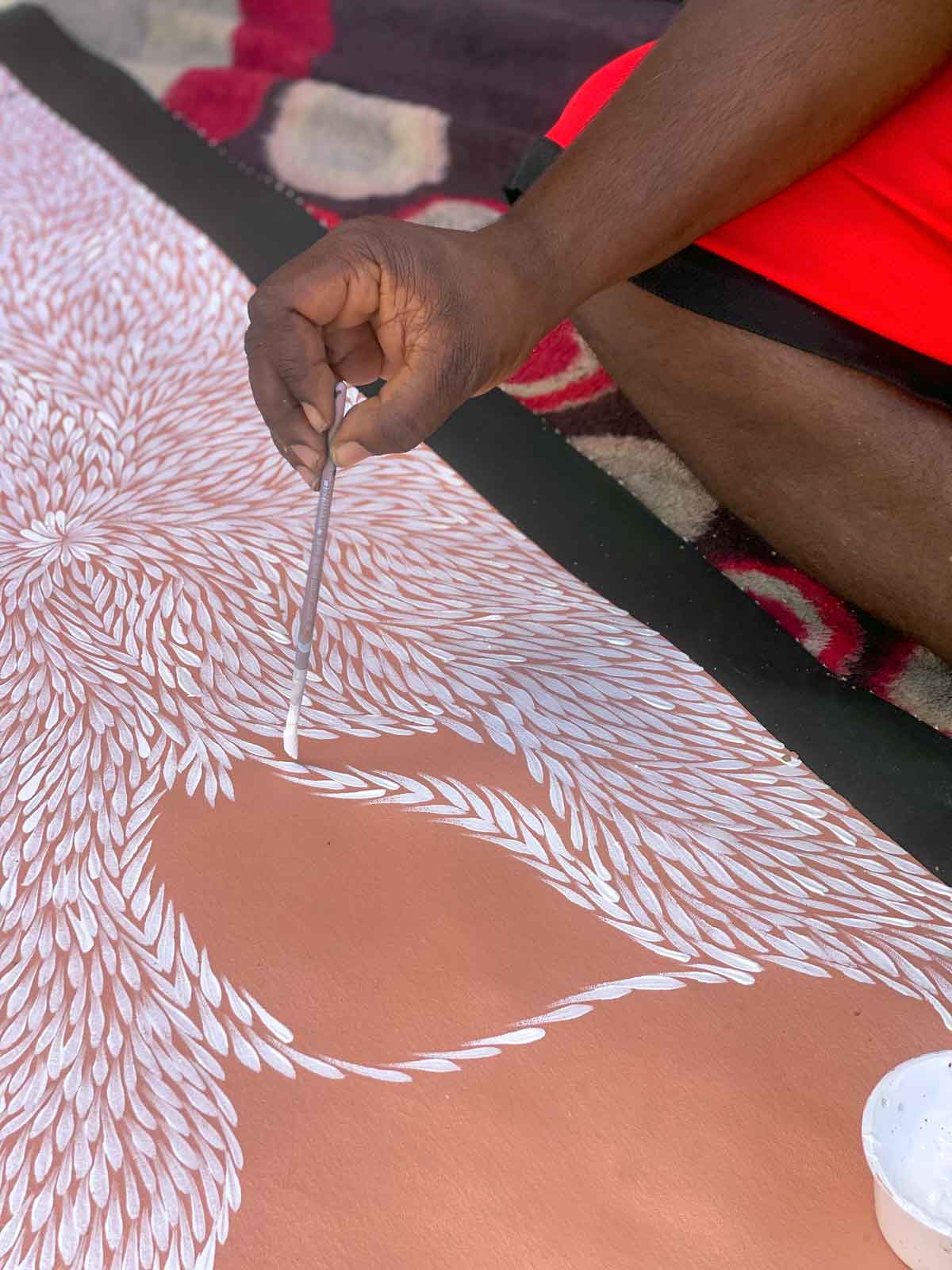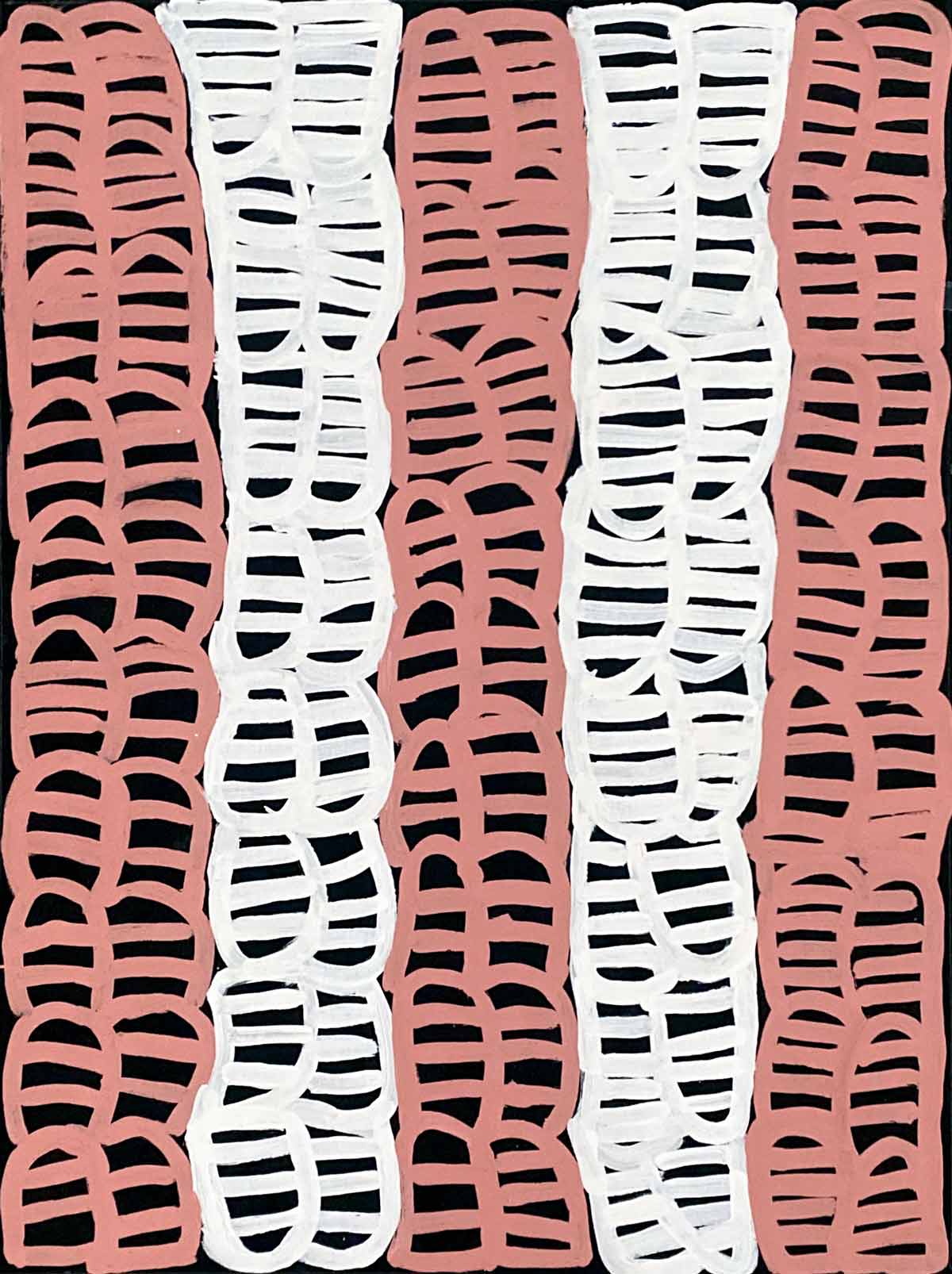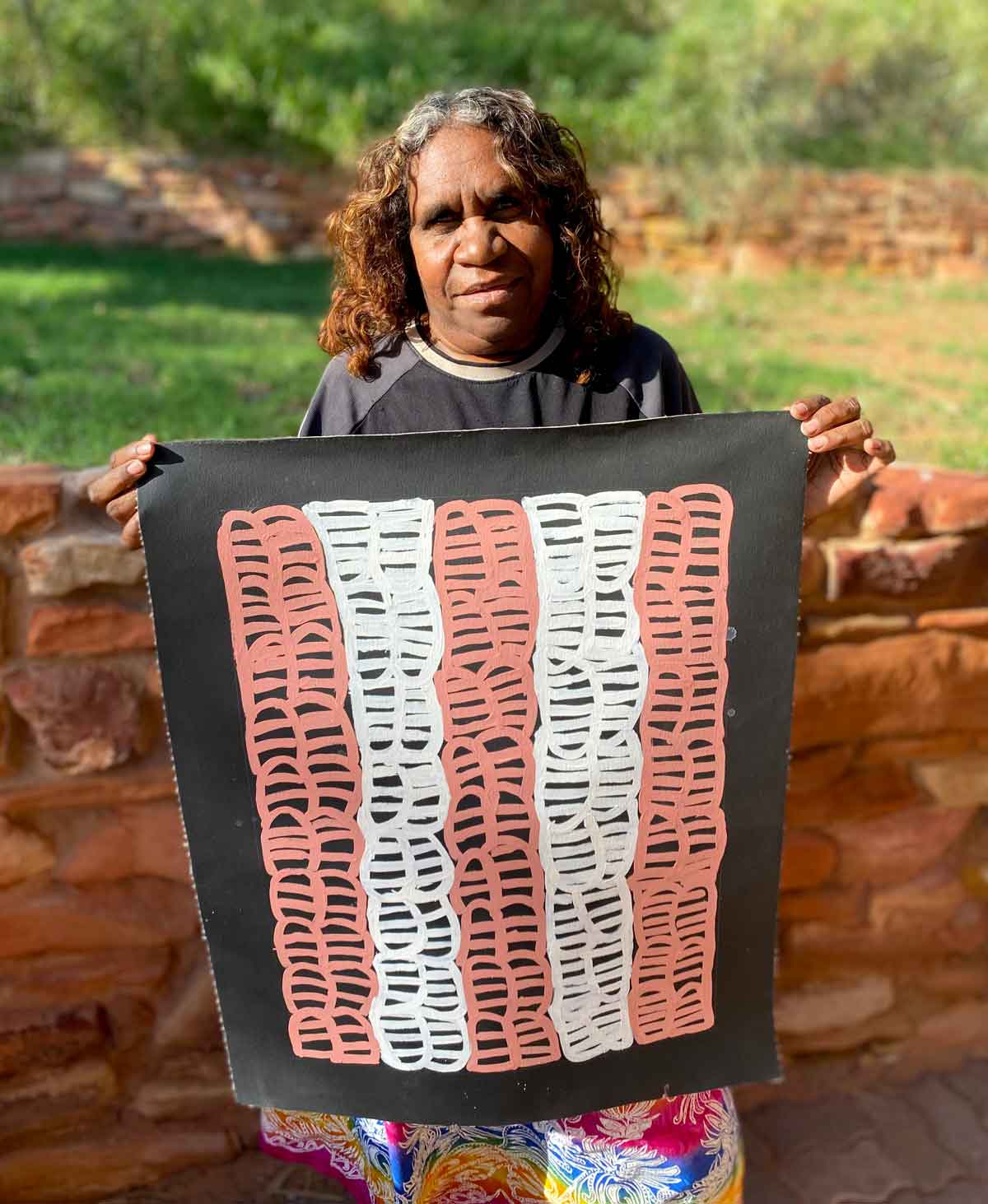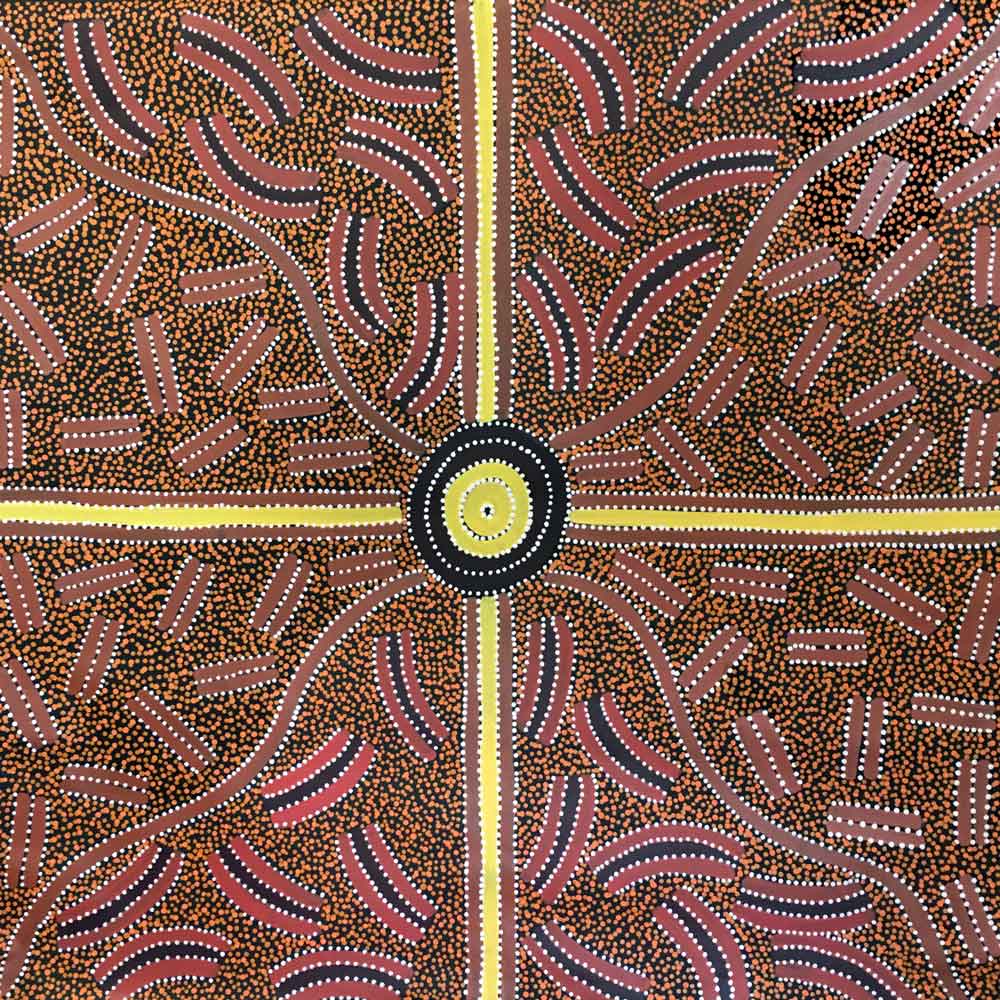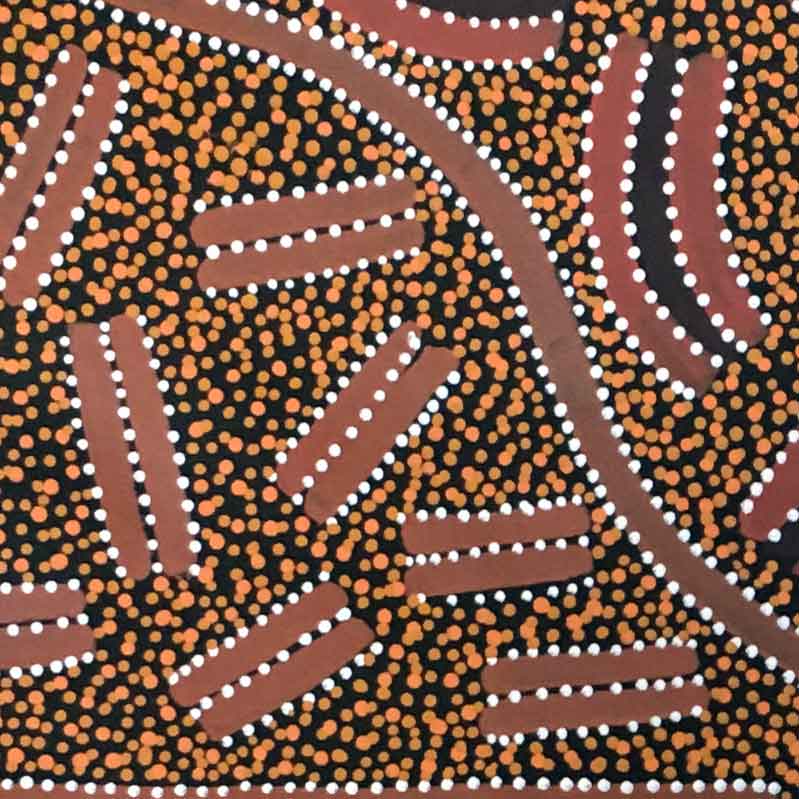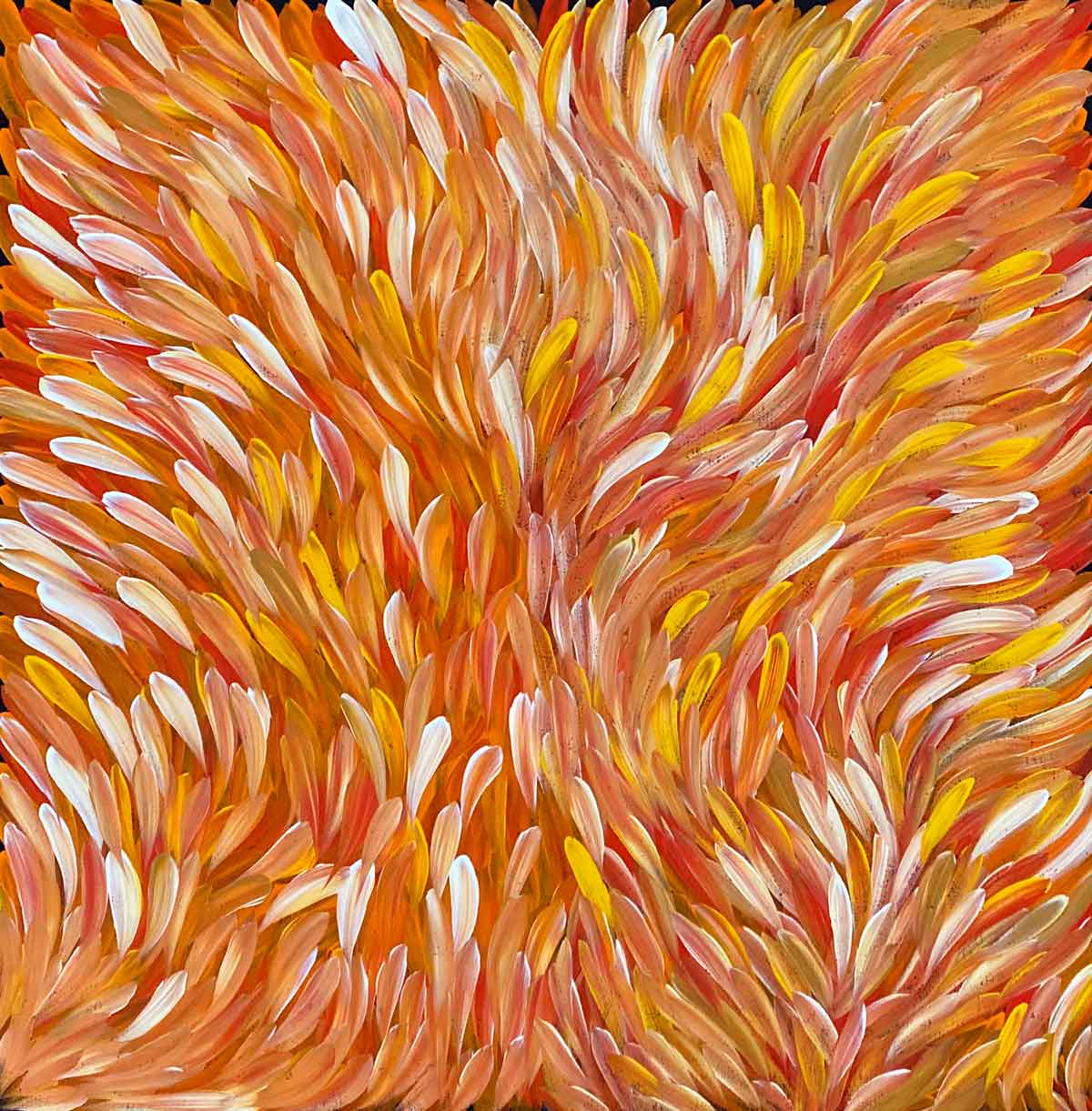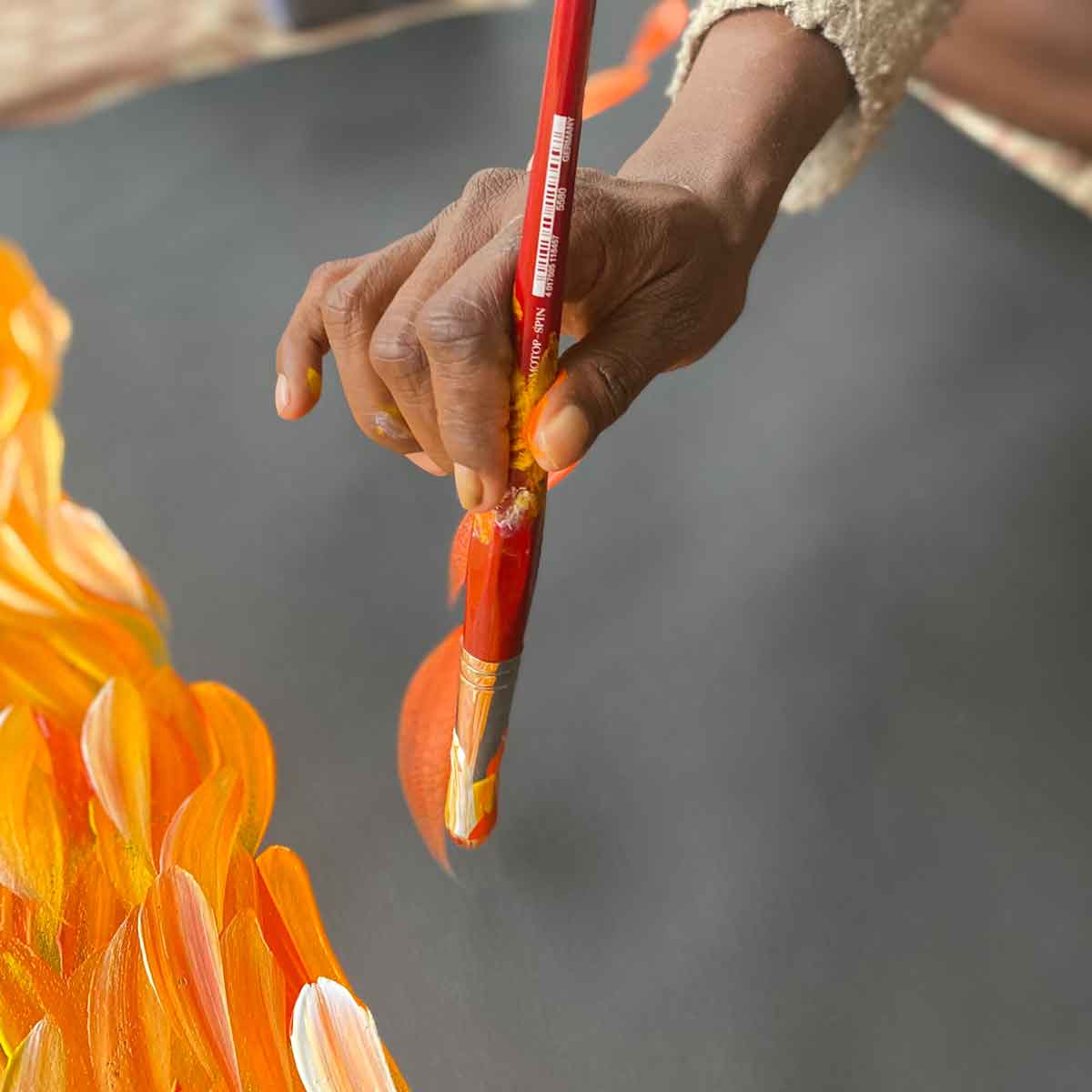Your Cart is Empty
Free Express Shipping
Free Express Shipping
Paintings
Exhibitions
Subscribe to receive your exclusive preview of exhibitions prior to opening.
You will be able to view and purchase exhibition artworks before they go live.
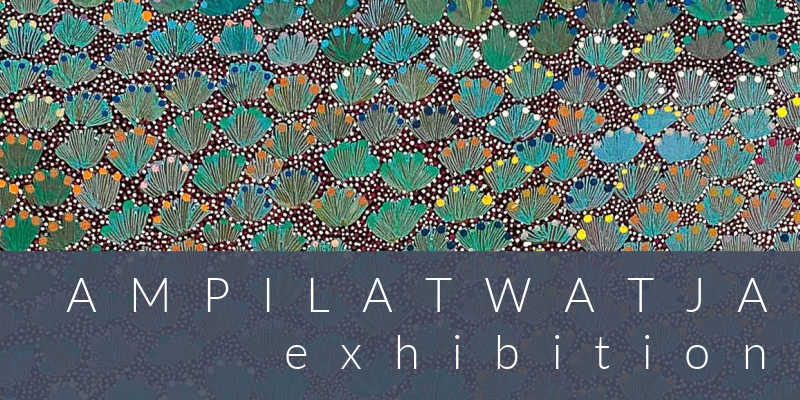
Current Exhibition

Past Exhibitions
Subscribe to receive your exclusive preview of exhibitions prior to opening.
You will be able to view and purchase exhibition artworks before they go live.
Subscribe
Collections
Artists
About the Artists
Our vibrant and dynamic artists are from the Utopia region; a large remote area of Central Australia which, until recently, had no government funded art centre. As a result of their pioneering efforts, they have one of the strongest and richest art histories.

Explore More Artist Bio's >
About the Artists
Our vibrant and dynamic artists are from the Utopia region; a large remote area of Central Australia which, until recently, had no government funded art centre. As a result of their pioneering efforts, they have one of the strongest and richest art histories.


Women Collecting Bush Tucker by Marie Ryder (SOLD)
120cm x 45cm
Heartbreak... this painting is unavailable 💔
Shop current artworks by Marie Ryder
- About
About
In this painting Marie Ryder depicts women collecting wild passionfruit (merne arrwerneng), wild orange (merne atwakeye), quandongs (merne pmerlpe), bush banana (merne alangkwe) and witchetty grubs (tyape atnyematye).
The wild passionfruit grows on a spiny shrub that produces white, delicate flowers that only last for a day or two. The fruit ripens in the summer and lasts until the winter frosts. When the green fruit ripens, it splits open revealing bright yellow pulp and black seeds. Ants and bird are attracted to this fruit when it is ripe which is why it is commonly picked green by the aboriginal people and allowed to ripen off the plant.
The wild orange grows on a small compact tree with dark green leathery leaves. Its creamy white flowers open during the night and wither before the end of the next day. The fruit hang down on long stalks, turning a yellow green tint when ripe.
The quandong or native peach is a traditional staple food, sought after for its fleshy fruit. It can be found in the southern area of Central Australia where Marie grew up. The quandong is generally bright red when ripe and highly nutritious; its vitamin C content is twice as high as that of an orange. If the fruit has fallen off the tree and gone dry, the fruit can be collected and reconstituted in water. In traditional aboriginal life, these fruits were also collected, pounded and made into cakes.
The bush banana grows on a woody, winding vine which can be found climbing up other native trees and shrubs in Central Australia. It produces creamy white flowers and long skinny green leaves. This plant grows very quickly after rain and about a month later the fruits ripen and are collected by the Aboriginal people. This is an important and favoured food, usually eaten raw.
Witchetty grubs are found in the roots of the witchetty bush; a shrubby tree growing to approximately 4m high with broad leaves that form a dense coverage of foliage. Its numerous roots are generally shallow under the surface of the ground. Marie and the aboriginal people dig at the base of the witchetty bush until they strike a root. Any swollen roots are levered up as it is a good sign there is a witchetty grub inside. Care is taken when breaking open the root so that the witchetty grub is not injured. If it is, the grub is usually eaten immediately. If not, the grubs are normally lightly roasted in coals before being consumed. The taste and texture is much like an egg yolk when raw and an omelette when fully cooked.
Women are represented by the U shapedsymbols, accompanied by their digging sticks and coolamons (carved wooden bowls).
Catalogue number: WMB049811
Recently Viewed Items
You may also like
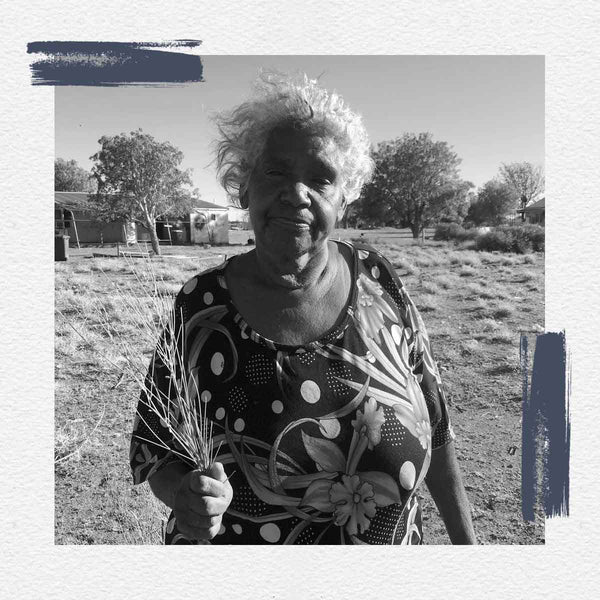
Subscribe to our VIP group for new arrivals, exhibition previews + special features ♥








